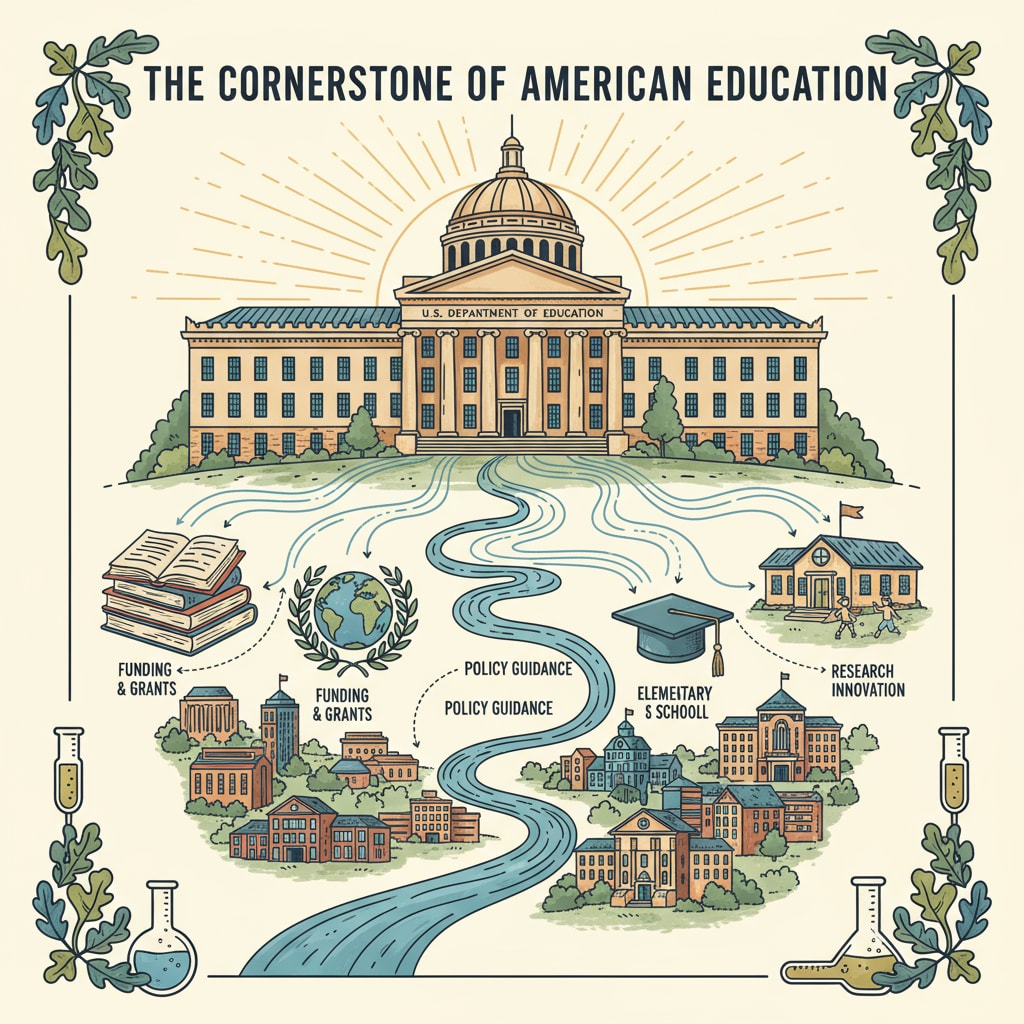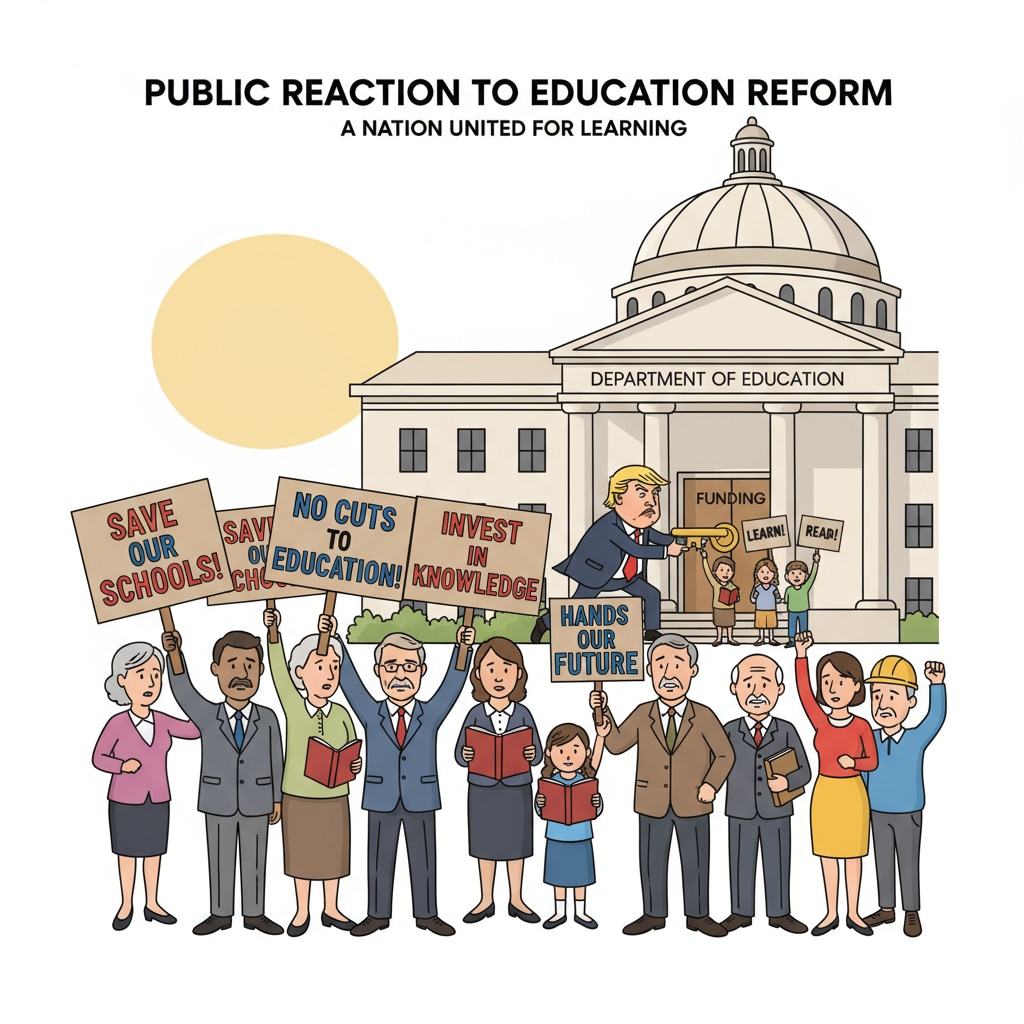The Trump administration brought about substantial changes to the US education system, with significant education reform initiatives involving the Department of Education. These reforms were not only a shift in policy but also a reflection of certain ideological stances.

The Conservative Ideology Underpinning the Reforms
The Trump administration’s education reforms were deeply rooted in conservative educational ideology. Conservatives believed that the federal government had overstepped its bounds in education matters. They argued for a more decentralized approach, aiming to return educational decision-making power to the states and local communities. This ideology emphasized local control as a way to better meet the diverse needs of students across different regions. For example, conservatives thought that local school boards, being more in touch with the community, could make more appropriate curricular and instructional decisions. As a result, the push for reducing federal influence became a central theme in the Trump administration’s education agenda. Conservative education policy on Wikipedia
The Executive Order to Restructure the Department of Education
One of the most notable actions was the consideration of an executive order to gradually close the Department of Education. This move was a bold attempt to reshape the federal role in education. The reasoning behind this was that the administration believed many educational functions could be carried out more effectively at the state and local levels. By reducing the federal bureaucracy, it was thought that resources could be better allocated. However, this order faced significant opposition. Critics argued that the Department of Education played a crucial role in ensuring equal educational opportunities across the nation.

Without federal oversight, there was a risk that some states might neglect the educational needs of disadvantaged groups. United States Department of Education on Britannica
In addition to the potential closure, the Trump administration also made changes to the Department of Education’s funding allocation. Some programs that had received federal support for decades were reevaluated. This led to a reallocation of resources, with an emphasis on certain areas such as vocational and technical education. The administration believed that by focusing on these areas, students would be better prepared for the job market. However, this also meant that some traditional academic programs might have seen a reduction in funding.
The Trump administration’s education reforms undeniably challenged the long-established federal education policy framework. The discussions and debates they sparked will continue to shape the future of education in the United States. Whether these reforms will lead to a more efficient and effective education system remains to be seen. But one thing is certain: the issues of educational decision-making power and the role of the federal government in education will continue to be at the forefront of national conversations.
Readability guidance: The article uses short paragraphs and lists to summarize key points. Each H2 section provides a clear perspective on different aspects of the Trump administration’s education reforms. The passive voice is used sparingly, and transition words are added throughout to enhance the flow of the text.


